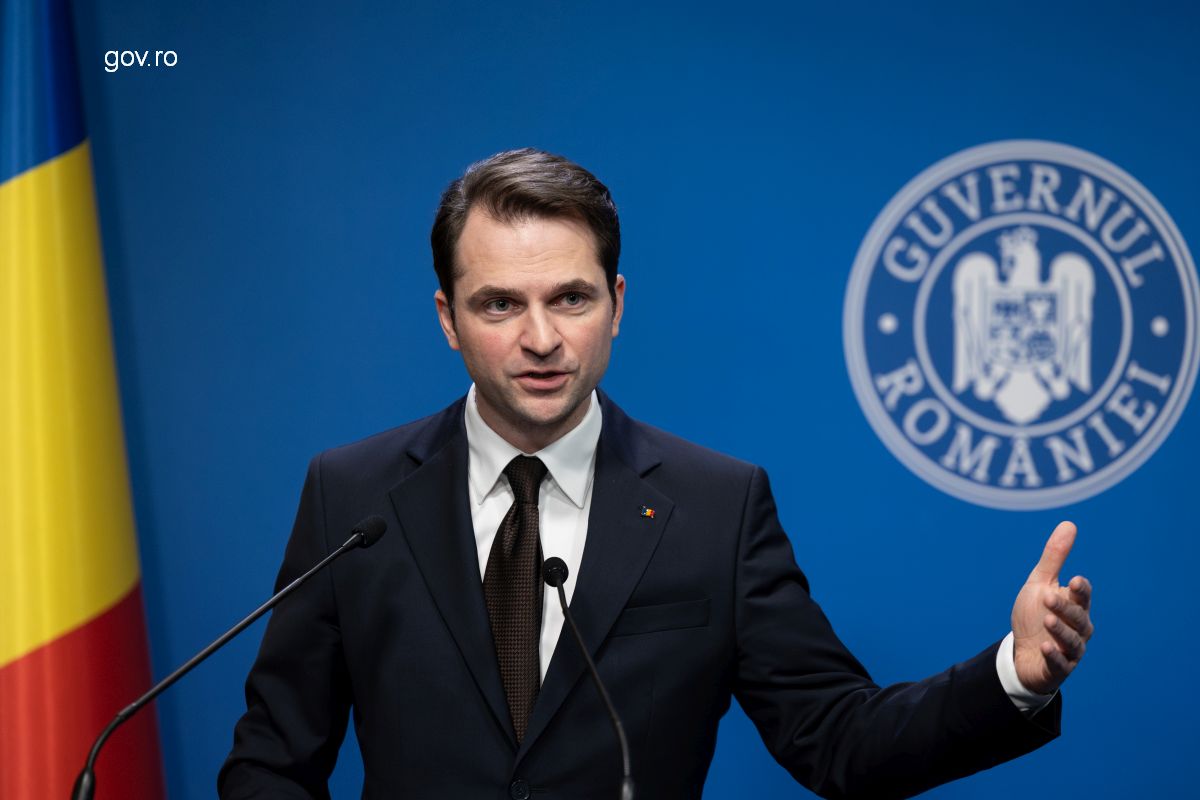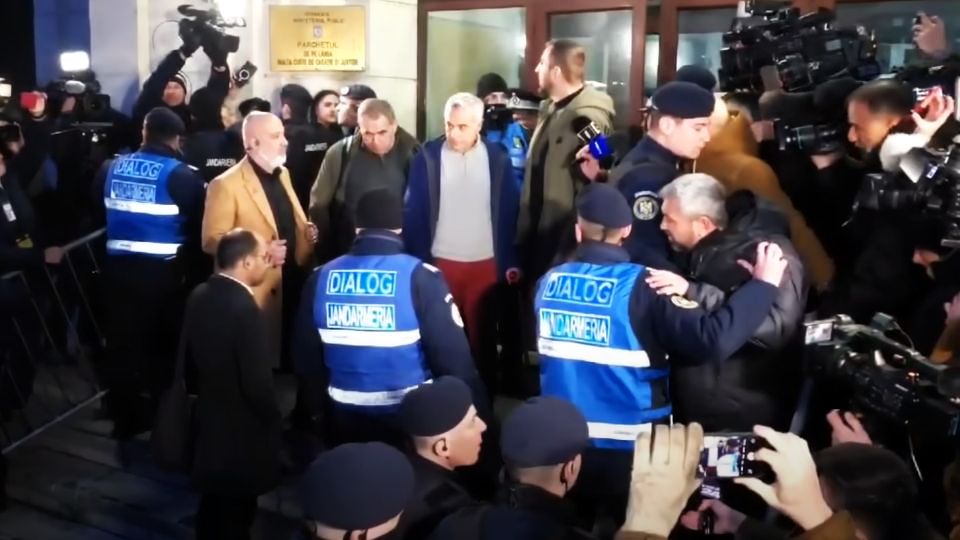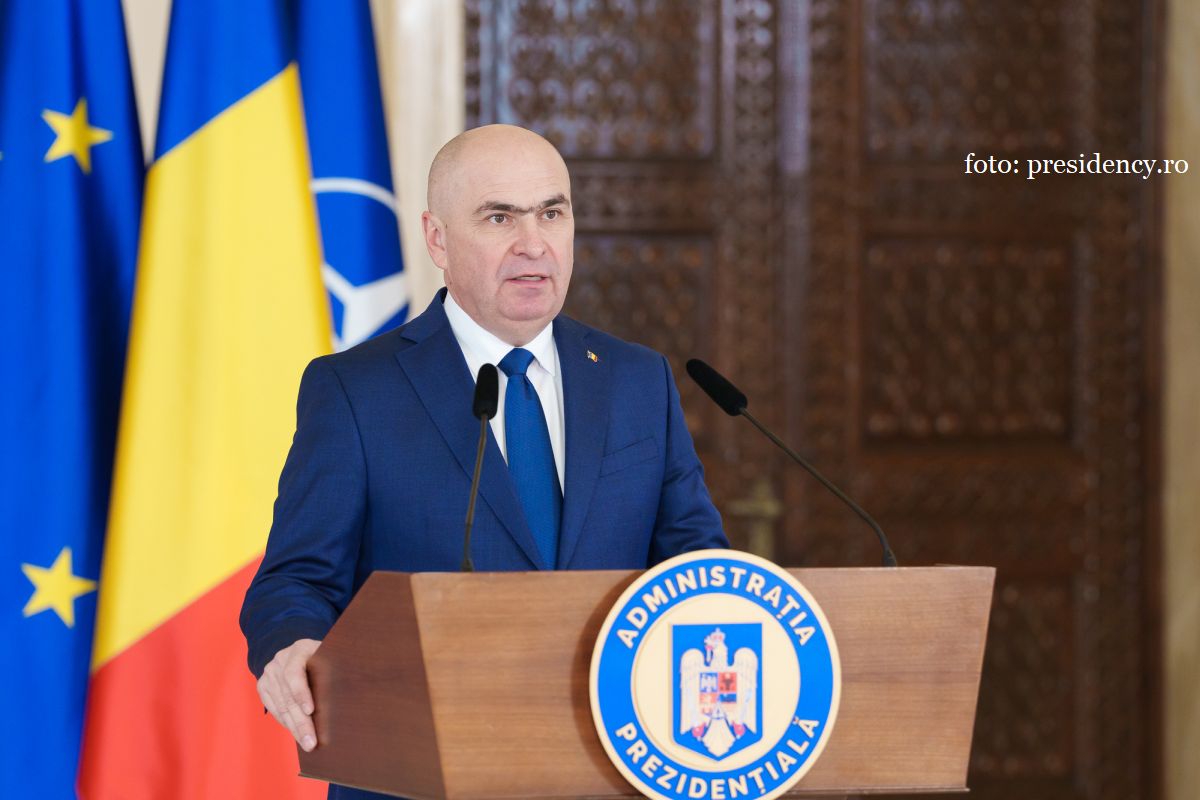34 years on from the anti-communist revolution in Timișoara
Romania celebrates 34 years since its anti-communist revolution in Timisoara

Bogdan Matei, 18.12.2023, 14:00
The last 80
years of the past century were among the bleakest in Romania’s history. Already
in power for 25 years, Romania’s septuagenarian president, the communist
dictator Nicolae Ceausescu had for years been the object of an unbearable
personality cult. He was described as a political genius by his laureate poets,
who called him the leader of a happy and rich country, which he was leading
towards the golden dream of mankind, communism.
The few
broadcasting hours of the state-owned television were nearly entirely reserved
to this personality cult, and so did the newspapers and other publication, strictly
monitored by the communist apparatchiks.
Concurrently
with the crazed personality cult, the country was facing an acute economic
crisis, suffering from cold, hunger and fear. Heating was cut during winter in
most of the apartments, schools and theatre halls around the country. Romania
was also severely affected by a food shortage at the time and nobody was able
to protest against the Securitate’s myth of omnipresence, omniscience and omnipotence.
In the
meantime, against the changes promoted in Moscow by the latest Soviet leader,
the reformist Michael Gorbachev, most of the communist dictatorships collapsed
from the so-called German Democratic Republic to Romania’s southern neighbour,
Bulgaria.
In 1989, this
wave of changes also hit Romania, and broke out first in its western city of
Timisoara, a multiethnic area close to Hungary and Yugoslavia, two countries
known for their liberal communism.
The protest
movement against the Hungarian reformed pastor Laszlo Tokes, closely monitored
by the Securitate and who was supposed to be evicted from the city, on December
15th flared up into a real revolt against the communist
dictatorship.
Irrespective
of their ethnicity or confession more and more people joined the protest and
braved the repressive troops of the dictatorship, which opened fire against the
protesters, killing nearly 100 people and wounding several hundreds.
On December
20th, the military refused to kill more people and returned to their
barracks, while Timisoara became the first Romanian city free of communism. The
revolt rapidly engulfed other cities and culminated in Bucharest, when
Ceausescu fled in a helicopter that took off from the roof of the Party’s
Central Committee on December 22nd.
Captured and
briefly tried, Romania’s communist dictator Nicolae Ceausescu and his wife,
Elena, were executed by a firing squad three days later, on December 25. Even
after their execution, against the confusion deliberately maintained by the new
power, a mixture of authentic revolutionaries and second-hand communists,
another one thousand people were to be killed during the anti-communist
revolution in Romania, the only country in eastern Europe, where the regime
change ended in a bloodshed.
(bill)






























